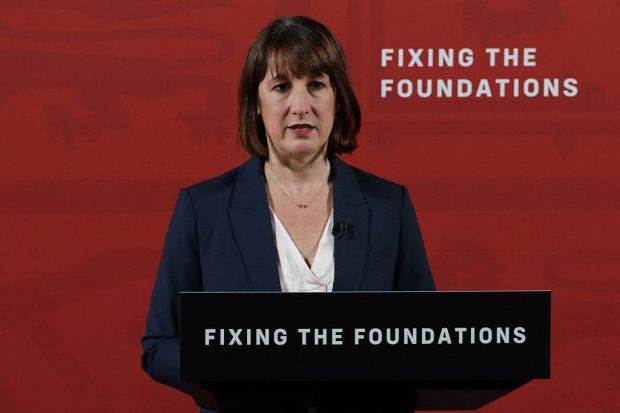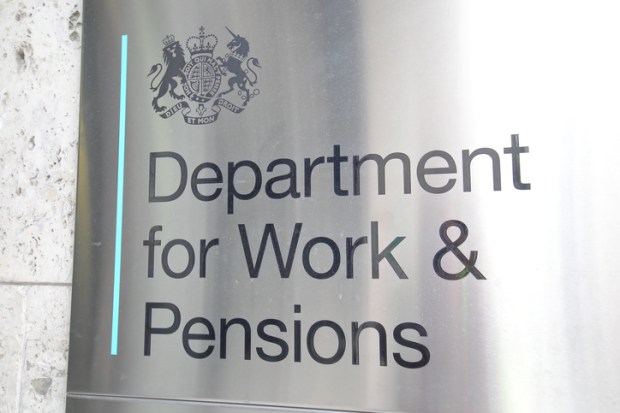When William Beveridge designed the welfare state in the 1940s, the state pension age was 65 for men and 60 for women. Life expectancy for a man was around 66, and around 71 for a woman. The pension was not designed to fund decades of leisure: it was a modest provision for the last couple of years of life, one that not everyone would receive.
Today, life expectancy for a man aged 66 (the current state pension age) is around 85, and a woman aged 66 can expect to live until she is 88. The average person now spends close to a fifth of their life in retirement. What was once a short post-script has become a major chapter – and an increasingly expensive one.
This is the backdrop for the latest statutory review of the state pension age (SPA), led this year by Dr Suzy Morrissey. Her terms of reference are technical: consider sustainability, intergenerational fairness, life expectancy, international practice. Behind the dry language sits a political question no one rushes to answer: when should people stop working, and who pays for the years they do not?
You know the script here. Britain is ageing. The ratio of workers to pensioners is shrinking. Every review concludes that the SPA must rise. Every opposition grumbles about the cruelty of doing so. Every government, when in office, quietly nudges the age upwards. Nothing fundamental changes.
What almost never gets challenged is the model itself: a single age at which everyone, regardless of class, health or occupation, is deemed equally ready for retirement. This is tidy for Whitehall. It is also daft.
The Office for National Statistics reports that male life expectancy for a retirement age man in Surrey is 86 years; in Blackpool, it is 81. Healthy life expectancy – the years lived without major illness – shows still sharper divides. Yet we persist in pretending that the 66-year-old accountant in Guildford and the 66-year-old ex-dockworker in Hull should both cross the same finish line.
That is unjust, and unsustainable. It loads the cost of longer-lived, healthier retirees onto taxpayers who may not live long enough to see much retirement at all.
Here I can almost hear some readers reaching for outrage about contributions. Shouldn’t a person’s pension entitlement reflect their national insurance contributions? So a Surrey stockbroker who pays more NI than a Sunderland scaffolder has earned the right to draw the state pension for longer?
This takes me to the biggest and most persistent misunderstanding in British politics: the state pension isn’t really a pension. It’s a benefit. And it’s funded not from some pot of money patiently built up from each recipient’s contributions, but from the taxes of today’s workers. National Insurance is just a tax, and one that long ago lost any hypothecated link to the pension system.
That means pension policy cannot be treated as a personal contract between citizen and state. It is a collective transfer between generations. Pretending otherwise, with talk of ‘I’ve paid in, I deserve it back’, hides the real choices – about fairness between regions, between classes, and between young and old.
Other countries are at least edging away from the one-size-fits-all fiction. Denmark and the Netherlands now link their pension ages directly to life expectancy. Countries including Norway and Portugal offer some scope to offer earlier pensions to those who have done physically demanding work. None has yet built a fully ‘variable’ pension age, but the recognition is spreading: a uniform pension age does not match demographic reality.
I am recommending electoral hemlock
Britain should be bolder. One approach is to tie entitlement not to age but to years of contributions, recognising that someone who started work at 18 has done their share by 65, while the graduate entering at 25 has not. Another is to give more flexibility to those in arduous jobs: that Sunderland scaffolder is likely to be physically knackered in a way that his stockbroking compatriot is not.
More radical still is to abandon the cliff-edge retirement model altogether. Instead of full-time one day and nothing the next, policy should support tapering – part-time, flexible work in the sixties and seventies, subsidised and encouraged so people can scale down, not drop out.
This would help individuals, who gain income and purpose. It helps employers, who retain skills and experience. It helps the state, which saves on pensions and collects more tax. Above all, it acknowledges reality: ageing is a spectrum, not a binary switch from ‘young’ to ‘old’.
This is politically difficult, to put it mildly. I am recommending electoral hemlock, because it entails higher pension ages for some (who will be angry) and different treatment for some (ditto). No sane politician attempts major change to the state pension. The fury of the Waspi women still haunts ministers. Even tinkering with winter fuel allowances causes uproar. You’d be mad to do it, minister.
But it must still be done.
The fiscal maths is brutal. By 2075, pensioners will make up more than a quarter of the adult population. The cost of the state pension is projected to rise from around 5 per cent of GDP today to nearly 8 per cent. Absent reform, the money has to come from somewhere: higher taxes on a shrinking workforce, or cuts to other services. Intergenerational politics are already sour. Younger voters see themselves funding entitlements for older cohorts who enjoyed cheaper houses and more generous occupational pensions. A rigid single SPA deepens that resentment.
That is the real political danger: not the fury of today’s pensioners, but the alienation of tomorrow’s workers who simply refuse to pay for the pensions of others.
Dr Morrissey’s review is framed as technical, but it is inescapably political. She has licence to say what ministers will not: that one pension age for all is outdated, unfair and unaffordable. A braver politics would seize that truth, and act on it.
None of this is easy. None of it is popular. But it is necessary. The single state pension age should end.




















